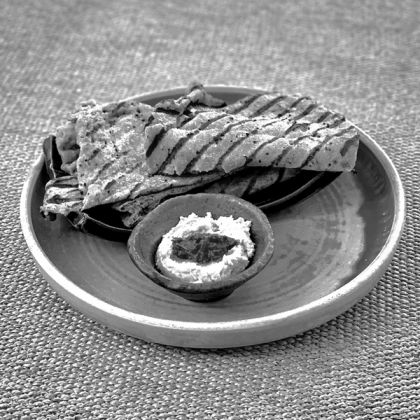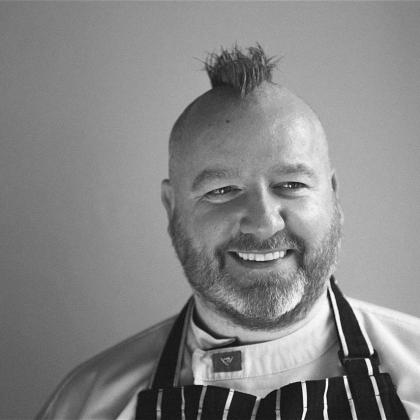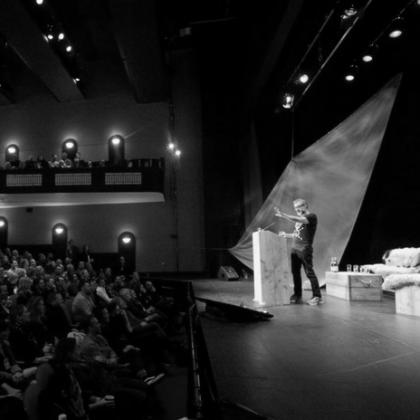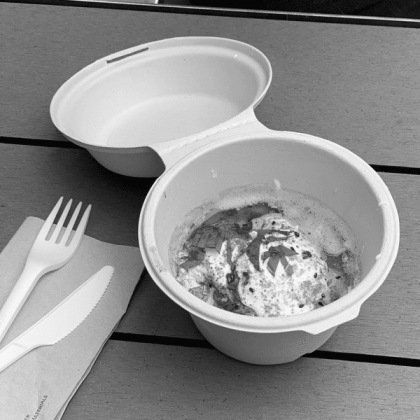Neven Maguire's Home Economics for Life (Gill)
Does anyone need a recipe for how to cook rice? Or make roast potatoes? Or how to poach an egg? You’re darn right we do. The secret of cooking success is a foundational set of techniques, much like learning to play the piano: you can’t be Chopin unless you practice your scales. Neven Maguire’s cooking life began with Home Ec. lessons in school, and so it’s fitting that Ireland’s food superstar should take us all right back to the beginning, and all the way back to basics: here is how to chop an onion; here is how to make pastry; here is how you dress a salad. It goes without saying that this book should be in every single school in Ireland. In fact, every Irish child should be given a copy the day they enter second-level. The health of the nation depends on it.
The Noma Guide to Fermentation by René Redzepi & David Zilber (Artisan)
Looking back over the history of gastronomy, the Nineties was the era of the ‘test kitchen’. A temple of masculine endeavour, endeavouring to produce food that was going to take us into another realm. Think El Buli test tubes, or food that made potatoes look like stones, or the confusions of flavours that led to Parmesan ice cream, or mango caviar. All grand, but at the end of the day did it make a blind bit of difference to cooking? Nobody reinvented the basics, like mayonnaise, or clarified stock, or those things that have been the foundations of cuisine for so long.
But now, we have Noma and its Guide to Fermentation. This one, we think, is a game changer. If you are a chef with a barrage of kit, or just an enthusiastic home cook, maybe it's best to start from page one and master lacto-fermenting fruit and vegetables. Progress to kombucha and you’re fermenting with just a few kilner jars. As you progress through the book (and we have to admit we’re not all the way there yet) you’ll need a bit more kit. They teach you how to build a fermentation chamber, but a large capacity rice-cooker or a slow cooker will do as long as you’re prepared to keep it plugged in for 10 weeks. We’re working on garum, and improving our miso technique, and in the meantime we have upped our game with great kombucha. On every level, from our own minimal but enthusiastic one, right through to an improvement in the general restaurant culture, this book is going to make a huge contribution to gastronomy.
Bread & Butter by Richard Snapes, Grant Harrington & Eve Hemingway (Quadrille)
Bread appears to have been invented 10,000 years before butter, and it took another 10,000 years after butter was invented for the two items to have become inseparable. In this book the authors, baker Richard, dairy producer Grant and writer Eve, came together after their bread stall and butter stall were put side by side in the Druid Street Market in South London. This book, the result of their friendship, explores the history and relationship between bread and butter, and then offers some cracking recipes. Especially good is the instruction for the Field Loaf, the signature sourdough loaf from Richard’s bakery. The dairy recipes cover everything from buttermilk dressing to beurre blanc and even butter chicken curry. A gem of a book.
The Psychobiotic Revolution by Scott C. Anderson with John F. Cryan, PH.D. & Ted Dinan, M.D., PH.D. (National Geographic)
Ted Dinan and John Cryan’s book, written with Scott C. Anderson, isn’t technically a food book, but this brilliant exploration of the microbiome is one of the most significant food books in recent years. By turns gripping, terrifying and enlightening, this analysis of how our bacteria rule our lives is required reading for anyone who wants to be well. And remember this: “Bacteria can talk to you. The intricacies of this conversation make the Internet look quaint. There are 4 billion Internet users, but you have 10 TRILLION bacteria in your gut alone that are all sending messages to each other – and to you.” This is the real revolution.
The Science of Spice by Dr Stuart Farrimond (DK)
Dr Stuart Farrimond's delightful new book on the Science of Spice will give your cooking a kick of flavour. Each spice is considered according to how it appears - well designed botanical drawings give you a sense of how it grows; the story behind the plant; its history and cultivation; how it blends; traditional partners and a section on the best way to release its flavour (toasted or untoasted, fried, cracked, grinded etc).
The book is as much a coffee table experience as a kitchen manual – did you know that evidence of cumin in Egypt’s pyramids suggests that it was in use more than 5,000 years ago. Or that Mace is native only to the tiny Banda Islands in the Moluccas (Maluki) archipelago of Indonesia. Or that a group of chemicals called neolignans were recently discovered in nutmeg oil. These act on the temperature-sensing nerves on the tongue and mouth to give a numbing sense of lingering coolness.
The book is great for understanding spice blends like togarashi, Dukkah, and Za’atar, and comes with some very echt spicy recipes that help you understand and contextualise the world of spice. For anyone curious about cooking, this would make a splendid gift.







